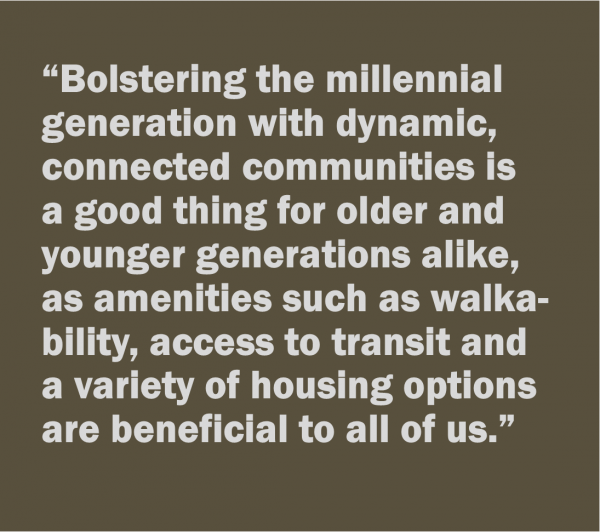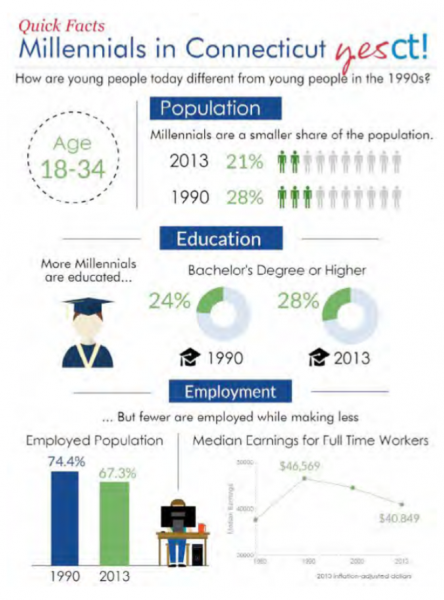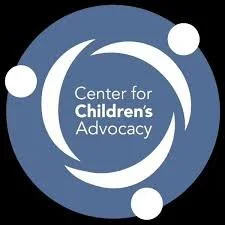PERSPECTIVE - How to Attract and Retain a Young, Skilled and Energetic Workforce
/by Kayleigh Lombardi and Christine Schilke
Connecticut can be tough for young people, that’s for sure. A telling example of this was shared at a recent forum on the economic impact of exclusionary zoning when a representative from the manufacturing industry told the audience how he’d recruited a young, skilled professional from the south, offering him an alluring $25 an hour wage to keep pace with Connecticut’s cost of living — more than double the $11 an hour he was making back home. Yet, it wasn’t enough.
After about two years, the young man decided to head back south. His reasoning: that even making more than double his salary, his costs — like paying $1,000 monthly rent — were simply too high for him to be able to afford to stay in Connecticut. His decision that he could have a better quality of life somewhere else, even earning less, is a scene being played out by millennials all across the state. The high costs of housing, college debt, transportation, and a myriad of other factors, mean that today’s millennials face a far tougher environment than their 1990s peers.
The data is pretty stark: despite being more educated, today’s young people are less likely to be employed, earn less overall, and, not surprisingly, are more likely to live with their parents or roommates. What’s more, the cost of that higher education lingers, hampering their ability to get ahead. With an average college debt of $34,773, they can little afford Connecticut’s housing costs — the 3rd highest in the nation — meaning our state’s young workers are starting their professional lives in the red and with little to spare for other expenses like a car, healthcare costs, or retirement savings.
 Connecticut’s inability to retain young people has become increasingly evident over the past several years, resulting in dour headlines as major companies pick up stakes and move to those locations that are attracting young talent. An interest in lively downtowns, a variety of housing options, walkable communities, access to transit, and availability of jobs and economic opportunity are topping their lists, according to numerous studies and reports.
Connecticut’s inability to retain young people has become increasingly evident over the past several years, resulting in dour headlines as major companies pick up stakes and move to those locations that are attracting young talent. An interest in lively downtowns, a variety of housing options, walkable communities, access to transit, and availability of jobs and economic opportunity are topping their lists, according to numerous studies and reports.
Recognizing the need to attract and retain a young, skilled, and energetic workforce, the Partnership for Strong Communities and Connecticut Main Street Center are partnering on Young Energetic Solutions (YES). YES is a statewide initiative aimed at empowering young people to create a vibrant Connecticut — a Connecticut where young people want to live. Building on the value gained in partnering with like-minded programs and organizations, YES is continuously forging partnerships with a variety of groups, in order to act as a resource for young people to effectuate positive change.
By engaging and educating young people to participate in their towns, on their local committees, or on statewide initiatives, YES works to support change in communities, expand the state’s housing options, and ultimately strengthen the state’s economy. Empowering young people to participate meaningfully in their neighborhoods and towns can develop a strong sense of ownership and belonging.
Participation at a local and state level allows young adults to provide necessary input into important decisions surrounding affordability, zoning, density, and transportation, as well as proactively address housing needs across municipalities.
Bolstering the millennial generation with dynamic, connected communities is a good thing for older and younger generations alike, as amenities such as walkability, access to transit and a variety of housing options are beneficial to all of us. Dynamic communities and diversity in housing are also economically fruitful, as the younger generation replaces retiring workers, providing the revenue towns and cities need in order to offer critical services to residents. With a fresh supply of young people and families to create that demand and potentially move into larger single-family homes as they grow their families, new opportunities to downsize will be available to our older residents stuck in large homes they may no longer want or need.
While our state clearly faces daunting budget challenges, there is hope. There’s growing consensus around the need to attract and retain young people, an increasing demand for information about what can be done and what’s working elsewhere, and a willingness to be innovative in our response. YES is finding a niche as this resource, building a network of young people and organizations that recognize the need for more millennials to stay and come to Connecticut, with the goal of incorporating young people’s perspectives into planning and design. And while we don’t claim to have all the answers, having the support of our respective organizations behind us means that we have access to experts in the realms of affordable housing and downtown revitalization — two key components in attracting this valuable demographic.
Beyond our work, there is much positive progress in the state. Efforts to improve the connectivity and appeal of our communities are everywhere— from Windsor’s revised website that lists available local board and commission seats, to Hartford’s revamped zoning code, or from Simsbury’s new multifamily housing to New Haven’s miles of bike lanes, change is coming to Connecticut. YES aims to add to these efforts by spurring more civic engagement among young people, while offering new ideas, best practices, and ultimately policies around how to attract and retain millennials.
_____________________________________
Kayleigh Lombardi is a Policy Analyst at the Partnership for Strong Communities. The Partnership is a statewide nonprofit policy and advocacy organization dedicated to ending homelessness, expanding the creation of affordable housing, and building strong communities in Connecticut.
Christine Schilke is Communications Director for the Connecticut Main Street Center, whose mission is to be the catalyst that ignites Connecticut’s Main Streets as the cornerstone of thriving communities. CMSC is dedicated to community and economic development within the context of historic preservation, and firmly believes that when our downtowns are great, they’re great for everyone, attracting young talented workers, creative thinkers and entrepreneurs, and in turn powering Connecticut’s economy.
For more information on YES, visit www.yesct.org or email yes4ct@gmail.com.
This article first appeared in the Summer 2017 issue of Connecticut Planning, a publication of the Connecticut Chapter of the American Planning Association.





























